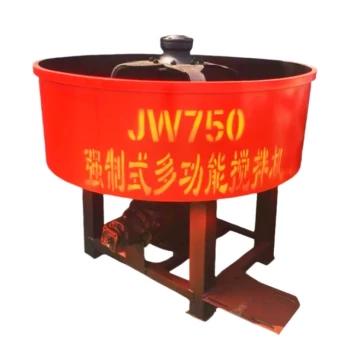Introduction
Selecting the right winch can mean the difference between seamless operations and costly failures. Whether you're hauling heavy machinery, navigating off-road terrain, or executing emergency rescues, understanding the functional differences between winch types is critical. This guide breaks down manual, electric, and hydraulic winches—highlighting their mechanisms, ideal scenarios, and selection criteria—to help you make an informed decision tailored to your needs.
Types of Winches and Their Core Mechanisms
Manual Winches: Design, Strengths, and Ideal Scenarios
Manual winches operate through hand-cranked mechanisms, leveraging gears and levers to multiply force. Their simplicity makes them:
- Cost-effective with minimal maintenance.
- Portable and ideal for lightweight applications (e.g., trailer loading, small boats).
- Reliable in power-free environments, such as remote rescue missions.
Ever wondered how manual winches ensure safety in emergencies? Their fail-safe designs, like automatic brake systems, prevent uncontrolled releases during critical operations.
Electric Winches: Power Sources and Industrial Dominance
Powered by batteries or direct electrical systems, electric winches excel in:
- Speed and convenience: Ideal for frequent, repetitive tasks (e.g., off-road recovery, marine docking).
- Moderate load capacities (up to 20,000 lbs for industrial models).
- Energy efficiency, though prolonged use may drain power sources.
Did you know? Electric winches dominate offshore logistics due to their balance of power and precision.
Hydraulic Winches: High-Capacity Applications and Limitations
Hydraulic systems use pressurized fluid to generate immense force, offering:
- Unmatched durability in harsh conditions (-50° to +100° C).
- High torque for heavy loads (e.g., mining equipment, military vehicles).
- Long-duration operation without overheating.
Trade-off: They require hydraulic power sources, limiting mobility compared to electric models.
Critical Factors for Winch Selection
Load Capacity and Durability Requirements
- Match the winch’s rated capacity to your peak load (add a 30% safety margin).
- For corrosive environments (e.g., marine), opt for stainless steel or coated components.
Energy Efficiency vs. Operational Speed Trade-offs
- Electric winches prioritize speed but may falter in continuous use.
- Hydraulic systems sacrifice portability for relentless power.
Environmental Adaptability
- Marine: Corrosion-resistant materials and waterproofing.
- Mining: Dust-proofing and high-temperature tolerance.
- Off-road: Compact designs with quick deployment.
Real-World Applications and Industry Benchmarks
Case Study: Electric Winches in Offshore Logistics
Electric models streamline cargo loading on oil rigs, combining speed with precise control. Their energy efficiency reduces operational costs over time.
Manual Winches in Emergency Rescue Operations
Lightweight and reliable, manual winches are staples in mountain rescues where power sources are unavailable. Their mechanical simplicity ensures functionality in crises.
Hydraulic Systems in Heavy Machinery Maintenance
Hydraulic winches shine in assembling industrial equipment, handling multi-ton loads with precision. Their fail-safe mechanisms prevent accidents during high-stakes lifts.
Conclusion: Actionable Advice for Your Winch Purchase
- Define your primary use case (e.g., occasional off-road vs. daily industrial hauling).
- Prioritize environmental resilience—corrosion, temperature, and dust resistance.
- Balance power needs with practicality: Hydraulic for brute strength, electric for speed, manual for portability.
For robust, adaptable solutions, explore Garlway’s winch lineup, engineered to meet diverse operational demands. Whether you’re reinforcing construction machinery or prepping for extreme environments, the right winch ensures safety and efficiency at every turn.
Related Products
- Ready Mixer Machine for Construction Ready Mix Machinery
- Electric and Hydraulic Winch for Heavy Duty Applications
- Portable Concrete Mixer Machine Equipment for Mixing Concrete
- Small Electric Winch 120V and 240V for Compact Applications
- Commercial Construction Mixer Machine for Soil Cement Mixing Concrete
Related Articles
- How Ignoring Concrete Mixer Manuals Endangers Workers and Invites Legal Consequences
- How to Classify and Resolve Concrete Mixer Hazards with Compliance
- How to Choose the Right Concrete Type for Every Construction Challenge
- How to Test Concrete Mixer Brake Systems for Optimal Safety and Compliance
- How to Conduct OSHA-Compliant Concrete Mixer Inspections: A Safety-First Checklist




















